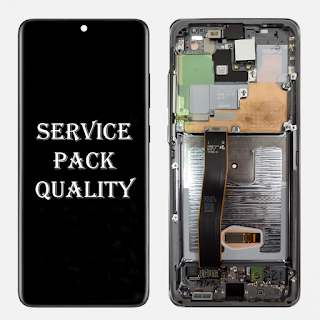Were you wondering about the various parts of the phone?
In this digitalized era, mobile phones are an everyday gadgets found near every individual. Have you ever wondered what would be inside a cell phone and how it is functional? The mobile phone has a lot of complicated parts, but when you buy a new phone, that's probably not your first thought. However, knowing about Mobile Parts and how they work is still essential.
What
Are The Different Components?
The mobile
phone has a lot of complicated parts, but when you buy a new phone, that's
probably not your first thought. Here are the top 3 fundamental elements of a
phone and how they work:-
·
Antenna
Point
Each
cell phone has at least one antenna for receiving or transmitting radio
signals. Current phones contain more than one smaller radio wire. Among their
features are Wireless, Bluetooth, GPS, and possibly multiple antennas. Your
mobile phone will not have a network if there is a problem with an antenna.
·
RAM
Cell
phones need random access memory for performing multiple tasks. RAM lets you
run more apps at once. The Android phone's RAM, a crucial component, has
increased from 2GB to 4GB and now to 6GB or 8 GB. If you're using multiple apps
at once or your phone has low RAM, it will become slower. It's time to free up
space on your phone.
·
ROM
Android
and other operating systems are stored in ROM, a part of a phone that the user
cannot access. Additionally, this location stores pre-installed applications
that cannot be removed. It stacks the ongoing working project in a cell phone.
You might get a programming issue assuming any problem appears in ROM.
Conclusion
Mobile
phones have a lot of circuitry, and each one is carefully designed to work at
its best. The Mobile Parts have analog and digital circuits, including
processors, displays, and keypad electronics. Having an idea about each
component will make you aware of its utility.




Comments
Post a Comment